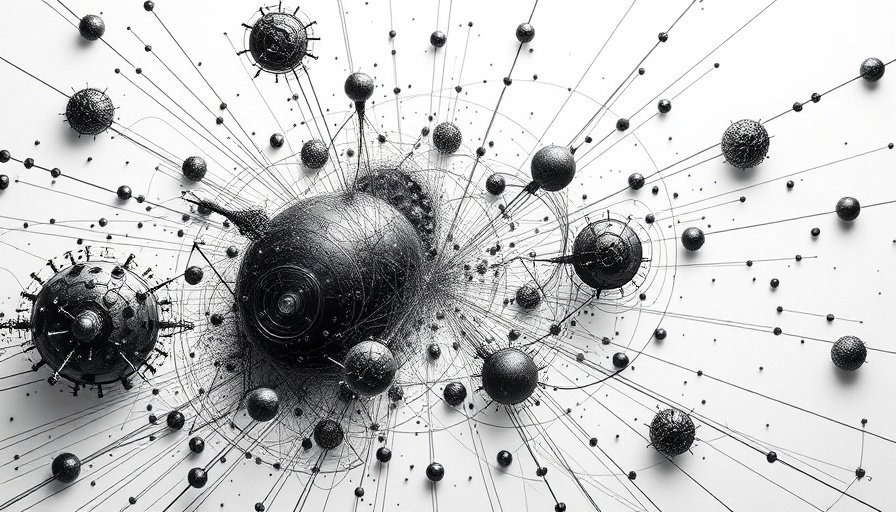
Understanding the Current Challenges Facing Musk's Megarocket
After a series of explosive tests, Elon Musk's megarocket is now facing critical evaluations as SpaceX seeks to refine its approach to space travel. Recent test flights have resulted in several explosions, which, while not uncommon in the realm of rocket testing, raise important questions about the efficacy and safety of the technologies being developed.
The Importance of Testing in Space Exploration
Testing is a crucial phase in the development of any new technology, especially in the aerospace industry where precision is paramount. Each explosion, while a setback, provides valuable data that engineers analyze to improve their designs. SpaceX has a reputation for pushing the boundaries, and their iterative approach often means taking risks that other companies might avoid.
A Safety-First Approach: Learning from Mistakes
Musk has emphasized the importance of failure in achieving success, stating that each failure teaches critical lessons that contribute to the overall development of better technologies. This attitude is evident in SpaceX's rapid testing cycle where setbacks are seen more as learning experiences than obstacles.
Future Predictions and Opportunities for Innovation
While current tests have not gone according to plan, the future of Musk's megarocket remains bright. Surgeons in the tech industry advocate for a future where the lessons learned from these tests lead to safer and more reliable rockets capable of interplanetary travel. These innovations could redefine our capabilities in space exploration and open new frontiers in our understanding of cosmic challenges.
The Broader Impact on Space Industry and Exploration
The advancements made by SpaceX through its testing efforts could potentially influence the entire industry, encouraging other companies to adopt similar bold testing protocols. The long-term vision includes not only reaching distances within our solar system but also paving the way for human colonization on other planets.
 Add Row
Add Row  Add
Add 




Write A Comment